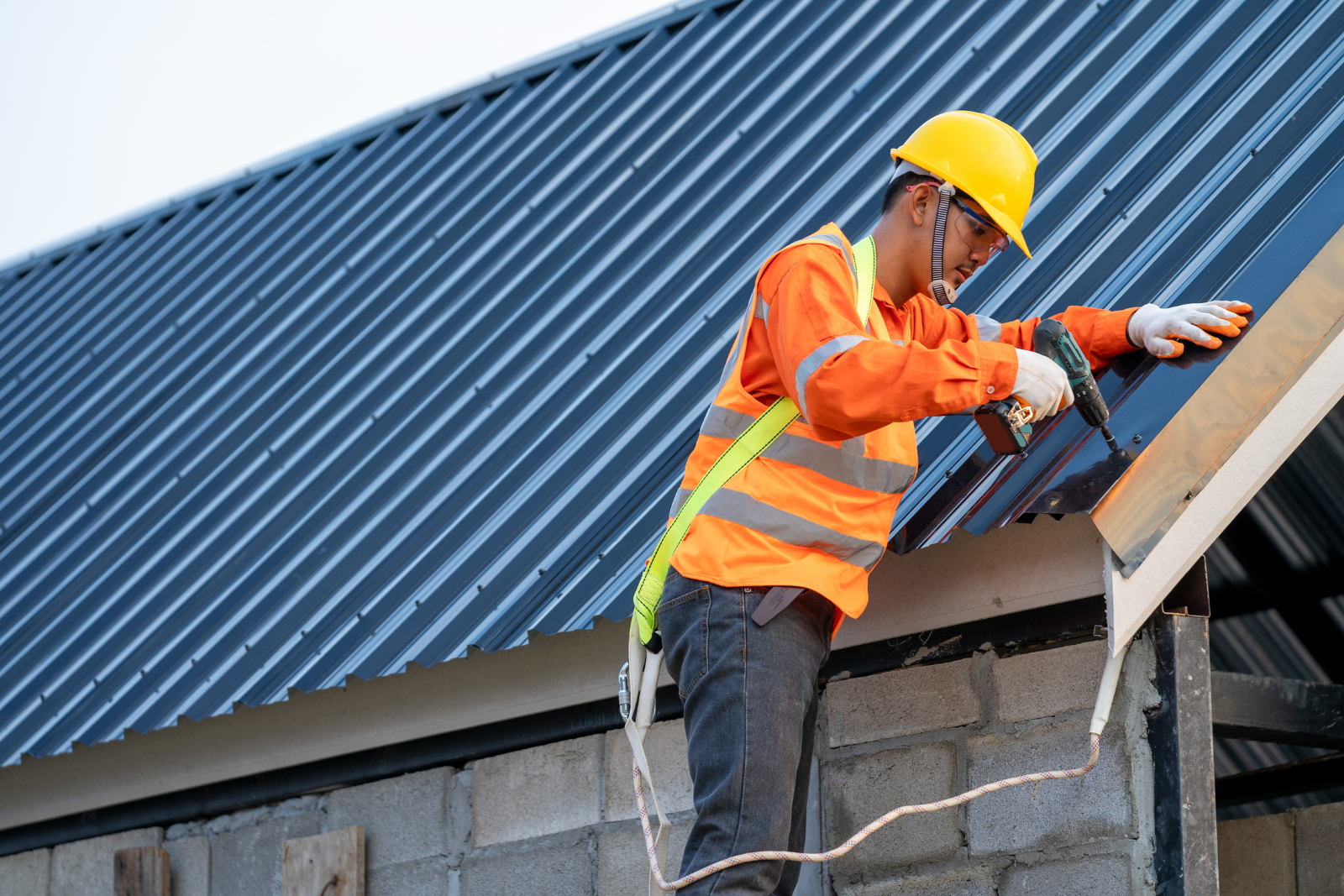Roof Inspection
Roof Inspection Notes:
- Visual Examination: Start by visually inspecting the roof from the ground, looking for any noticeable signs of damage such as missing shingles, sagging areas, or debris accumulation.
- Interior Inspection: Check the interior of the building for signs of roof leaks, such as water stains on ceilings or walls, dampness in the attic, or mold growth.
- Roof Material: Identify the type of roofing material (asphalt shingles, metal, tile, etc.) and assess its condition, looking for signs of wear, aging, or damage specific to that material.
- Flashing and Seals: Inspect flashing around chimneys, vents, and skylights for signs of damage or deterioration. Check seals around vents and protrusions to ensure they are intact and watertight.
- Gutters and Drainage: Examine gutters and downspouts for clogs, damage, or improper installation. Ensure proper drainage away from the building to prevent water damage.
- Structural Integrity: Assess the structural integrity of the roof by looking for signs of sagging or unevenness, especially in older roofs or areas with heavy snowfall.
- Ventilation: Check attic ventilation to ensure proper airflow, which can help prevent moisture buildup and prolong the life of the roof.
- Tree Limbs and Debris: Trim overhanging tree limbs that could potentially damage the roof during storms. Remove any debris such as leaves, branches, or moss that may accumulate on the roof.
- Professional Inspection: Consider hiring a professional roofing contractor for a more detailed inspection, especially if you notice significant damage or if the roof is older.
- Maintenance Plan: Develop a regular maintenance plan to address any issues identified during the inspection and to prolong the lifespan of the roof. Regular inspections and maintenance can help prevent costly repairs in the future.


